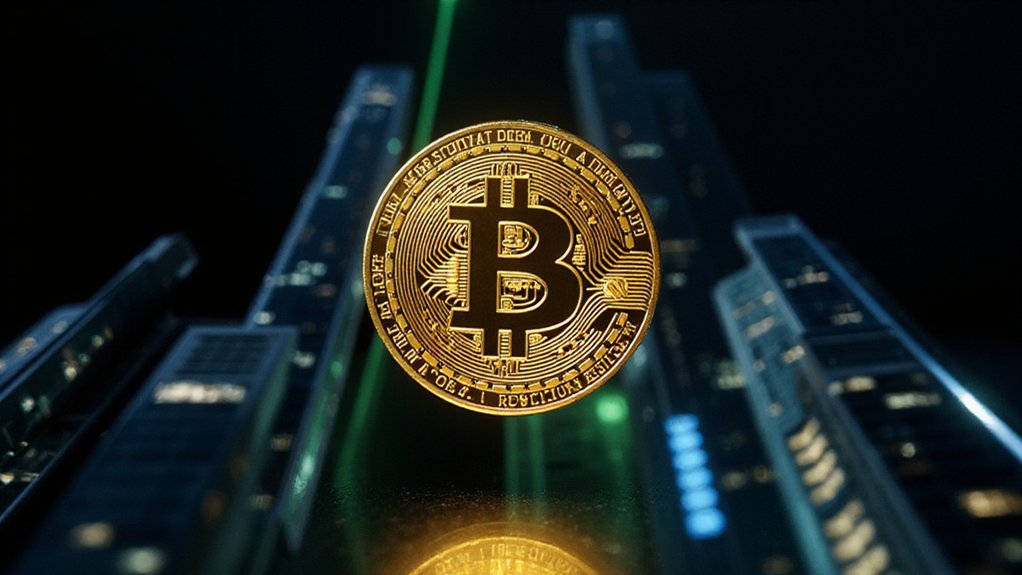While the cryptocurrency market has weathered countless regulatory storms and institutional skepticism over the past decade, June 2025 delivered a confluence of developments that sent digital assets soaring with renewed vigor.
The dismissal of the SEC’s case against Binance on June 11th proved particularly catalytic, with BNB surging 5.2% to $620.50 within twenty-four hours while Bitcoin climbed 2.8% to $69,800.
This regulatory vindication didn’t merely benefit crypto—traditional equity markets rose in tandem, with the S&P 500 and Nasdaq gaining 1.5% and 1.8% respectively, suggesting that institutional capital increasingly views both asset classes through a unified risk-on lens.
Perhaps more telling than these immediate price movements is the institutional money flowing into digital assets with unprecedented conviction.
Beyond fleeting price spikes lies the real story: institutional capital pouring into crypto with unwavering determination and purpose.
Asset managers and hedge funds, once crypto’s harshest critics, now actively expand their allocations as regulatory clarity transforms what was once considered speculative fringe into legitimate portfolio diversification.
The correlation between crypto and equity performance has become impossible to ignore, with macroeconomic indicators driving both sectors simultaneously. XRP continues advancing its payment solutions despite broader market volatility, positioning itself as a bridge between traditional finance and digital currencies.
Market sentiment surveys reveal an almost startling optimism: 68% of current crypto holders expect Bitcoin to reach $200,000 by year-end, while even 26% of non-holders consider such targets achievable.
This bullish consensus persists despite—or perhaps because of—the market’s continued volatility and the somewhat absurd proliferation of over 37 million unique cryptocurrencies, with Solana alone accounting for 70% of these tokens. Solana’s dominance extends beyond token creation as it powers lightning-fast transactions that have revolutionized both NFT marketplaces and emerging DePIN sectors.
The June 2025 investment landscape reflects this institutional embrace, with high-potential assets like Ethereum benefiting from significant upgrades (the 2.1 protocol enhancement promises improved scalability and reduced gas fees) while maintaining the robust fundamentals that attract serious capital. Ethereum’s struggles are evident as it ranks as the world’s second-largest cryptocurrency yet remains down 20% for the year despite recent rallies.
Even as global trade tensions and tariff concerns create market turbulence, crypto’s resilience—particularly Bitcoin’s reduced volatility compared to smaller altcoins—demonstrates its growing maturity.
What emerges is a market where regulatory victories, institutional adoption, and cross-asset correlations have created a self-reinforcing cycle of confidence that shows little sign of abating, regardless of the underlying technological chaos of token proliferation.









